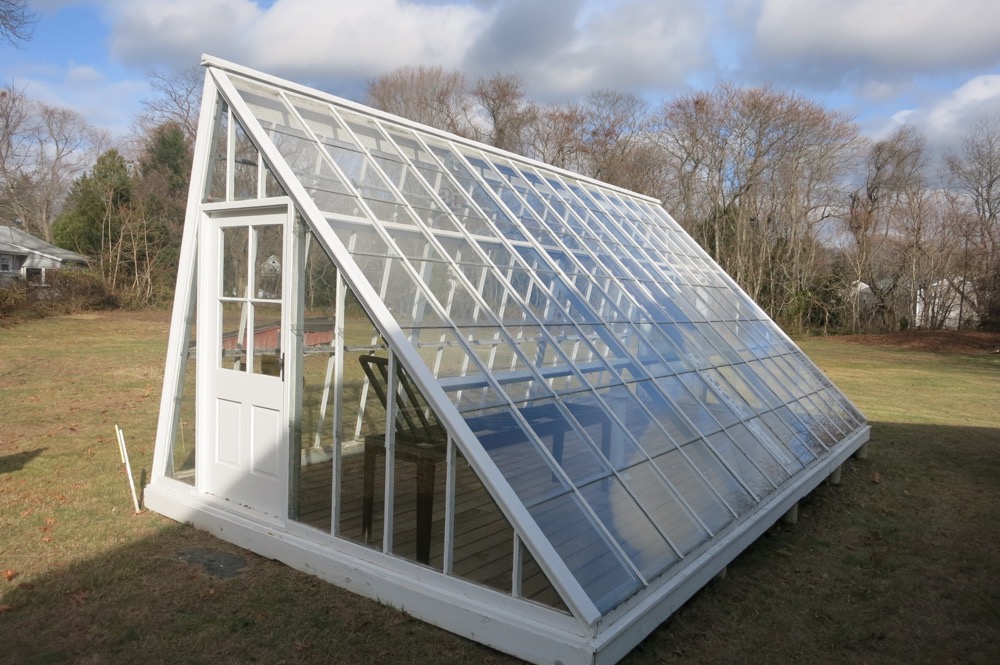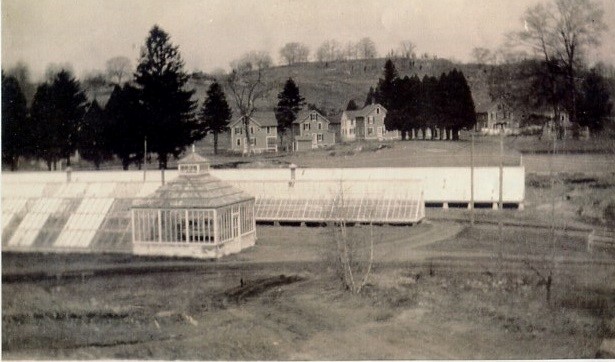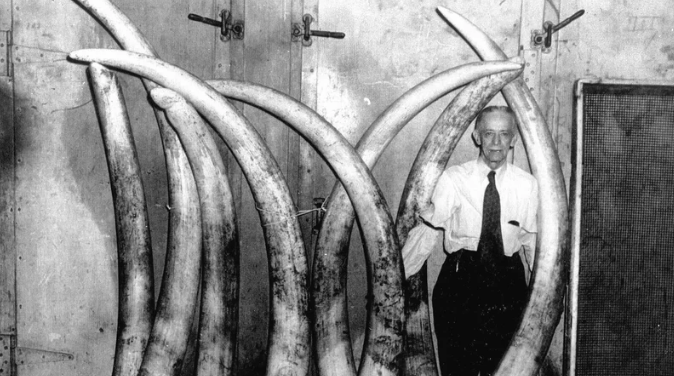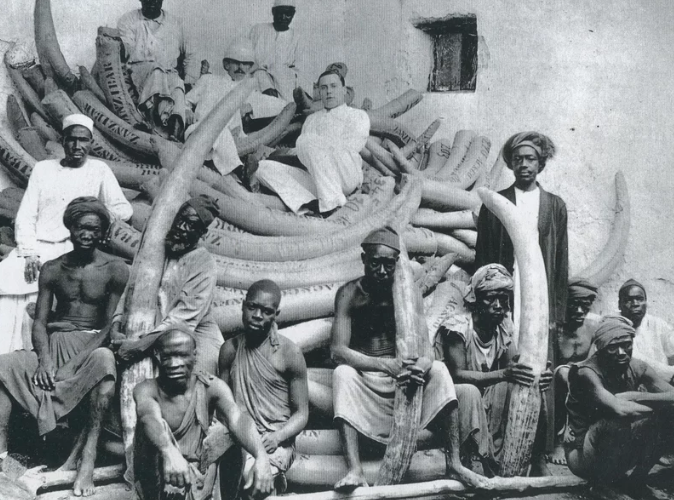Bleachy Keen
World’s Only Piano Key Bleach House
Deep River
I touched on this thing when I wrote about our visit to the Deep River Historical Society Museum at the Stone House. But after reading more about the bleach house itself, which sits off by itself in the yard, away from the house, I realized it deserved its own page.

I wrote:
The design of the bleach house is unique; its prism-like shape optimizing the sun’s power in order to get a uniform white color on the ivory. Local workers kept logs to predict when these keys would be ready to ship based on the meteorological forecasts day by day.
This one just sort of… survived. It was used a greenhouse by a local farmer for a while and then given to the historical society.
I didn’t want to bog that page about the museum down too much with bleach house facts and history. And that brings us here… now it’s time to bog you down.
The lower Connecticut River Valley was home to the largest ivory processing operations (Comstock-Cheney in the Ivoryton section of Essex and Pratt Read in Deep River) on earth in the late 1800’s. And ivory was all the rage. Everyone wanted pianos in their homes. And if they couldn’t afford a piano, they wanted ivory hair brushes or toothpicks or… basically anything that could be ivory.

Picture from the Deep River Historical Society
The ivory trade was nasty, nasty business. Kill thousands of elephants, employ African slave labor to carry the massive tusks halfway across the continent (many thousands died doing so), and ship it to Deep River and Essex for processing into items that wealthy white people could enjoy simply for its beauty.
Back then, a visitor travelling through Deep River would often see long triangular glass houses dotted around the landscape and perhaps wonder what alien planet they’d landed on. These were the ivory houses. The material was prepared to become ivory piano keys by being laid out horizontally on racks inside these houses for bleaching and whitening by the sun.
This was the last stop for the ivory pieces after millers and workers honed them down from the mighty tusks. Pieces stayed in the bleach house for 21 days. They were then brought back into the factory to be glued onto the wooden keys then on to final assembly.

Ivory tusks at Pratt, Read & Co., photo from the Deep River Historical Society
The one bleach house that remains used to be “a stack of rusted steel, busted glass and rotted wood” before it was resurrected into what it is today. That description comes from a 1998 Hartford Courant article, as does the following story about the discovery and saga of the lonely last bleach house:
…Over the ensuing years, the bleach houses, which were long, triangular-shaped buildings made entirely of glass panes, slowly disappeared from the hillsides in both towns, along with the entire industry, as the skilled workers who knew how to work with the tricky material retired. Plastics took the place of ivory and eventually the making of piano keys in these parts stopped altogether.
The factory buildings remain, the homes built for the workers and the scions of the ivory business remain, and some of the workers are still around as, of course, are many of the keyboards — imbedded in the finest pianos in the world.
But the bleach houses became as endangered as the elephants that were killed in masses for their tusks.
The last one was a rickety affair half-hidden in the weeds and underbrush on Main Street (Route 154) in Deep River on property across from the entrance to Kelsey Hill Road. It had been moved at some point from the top of Main Street, where the Pratt Read company was located, down the street to take on new life as a greenhouse.
… the 31-foot-long glass house on Main Street was a literal shell of its former self. But the property owners, once its intrinsic value was pointed out to them, donated the structure to the historical society.
Some members of the society […] were not as enthused as other members about taking on this structure and its renovation.
Especially after it was moved with the help of a backhoe and some other manly-like equipment that more or less smashed it to smithereens.
The parts were heaped on the otherwise pristine grounds of the historical society where they sat for four years.
…
[In early 1998] the Ivoryton Library got a grant to do a big program on the ivory industry and those folks started up about the pathetic bleach house remains, and the society again started grumbling about outside pressure, etc.
Anyway, Bill Nickse […] took on the pile of rubble with the help of others, most especially Joe Miezejeski. They’ve been putting this thing back together, salvaging four panes of the original rippled glass. They’ve unfrozen the mechanism that regulates the heat, and it works beautifully. They’ve patched together the cypress struts, repaired the original door and duplicated another for the other end, among many other exacting tasks.
It’s a stunning-looking building.
And it still is. It’s one of a kind and it’s now received its rightful recognition on this little website.

Zanzibar ivory haul, photo from the Deep River Historical Society
Deep River Historical Society
CTMQ’s visit to Deep River Historical Society’s Stone House
CTMQ’s Firsts, Onlies, Oldests, Largests, Longests, Mosts, Smallests, & Bests

 Peter says
Peter says
December 10, 2021 at 8:34 amElephant populations have recovered enough in parts of southern Africa that some countries now allow limited hunting.
 Linda says
Linda says
December 10, 2021 at 10:51 amWhat a fascinating piece of history. I find it rather mind-boggling that Deep River was an epicenter for ivory processing though I did know somewhere in the back of my mind that Ivoryton acquired its name for that very reason. I just tend to think of that part of the Connecticut River Valley as being bucolic though it does have a pretty interesting bit of history.